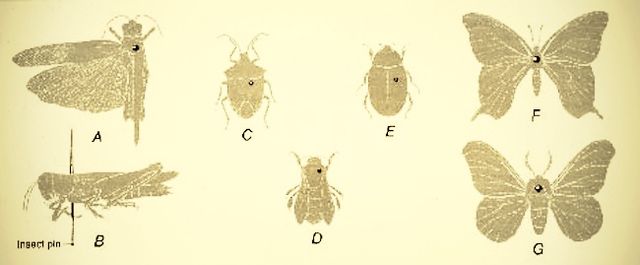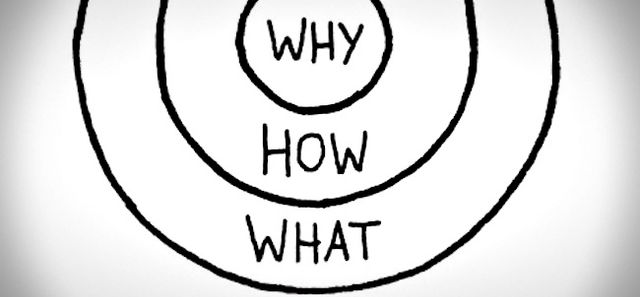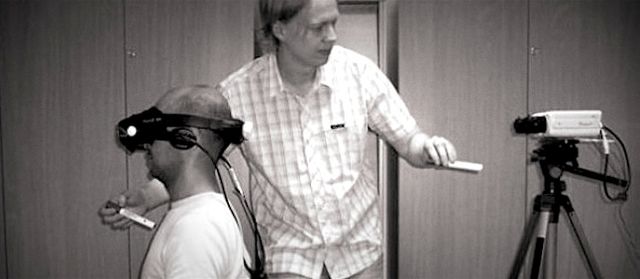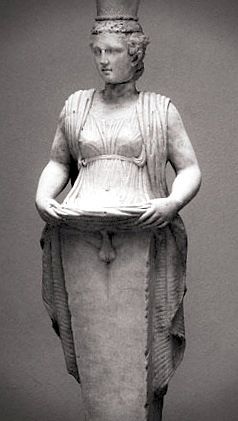You can’t start working until you know what you are working towards. That doesn’t mean knowing all the answers, it means knowing the questions that will guide you.
I refer to those guiding questions as the “seed” of a project.
A Range of Specimen

There are many ways to find, define, and refine your seed. The LIDA Project borrows from Scientific Method, starting with a question and related hypothesis.
- Formulate a question
- Do background research
- Construct a hypothesis

Simon Sinek starts his projects with “why” then “how” and finally “what” - statements of belief, values, and finally product.
Anne Bogart covers similar territory with her three-part seed:
- What is the question that motivates the piece?
- Who or what is the anchor through which we explore the question?
- What is the structure of our exploration?
These are all variations on finding a seed. It doesn’t have to be a formal process, but it helps to know more-or-less what you need in order to move forward.
My seeds usually start with a single idea floating around in my mind until other ideas attach themselves. Once the parts begin to gel, I know it’s time to pay closer attention. In the end, I have a list similar to Anne’s before I move to the next step.
A Seed of My Own
One of my current projects-in-development started with a quote I found on the internet:
We name and speak of a troublesome ‘transsexualism,’ the feeling of being the other sex… We do not name and talk much about the feeling of being the same sex — the sex we think we are, the sex most of us desire to stay. But does not our feeling relatively comfortable with our sex, and our intense desire to maintain the integrity of our sex, indicate something that needs to be explained?
—Jonathan Ned Katz, The Invention of Heterosexuality

I combined that with an article describing the science of out-of-body experience. It raised some questions for me:
- How do we relate to these bodies we live in?
- What does it mean to identify with a body, let alone a sex or gender?
- How are trauma and memory involved?
Those questions became the motivating “why” of the project. With a little background research (I used Wikipedia, Google, and my local bookstore), the other pieces fell into place.

The fragmented & unreliable nature of memory inspired a structure: note cards, each written as a fragment of memory, and then shuffled before reading.
The anchor is a mashup of several existing characters and places taken from history, mythology and song: The transformation of Hermaphroditus, Mother Clap’s 18th-century Molly Houses, and the songs of Tom Waits & Lou Reed.
DIyourself
The goal isn’t to do it exactly the way I do it, or the way LIDA, Anne Bogart, or Simon Sinek do it. The goal is to know what you need, and then pay attention to how you get there.
De-mystify the process, then learn to repeat it.